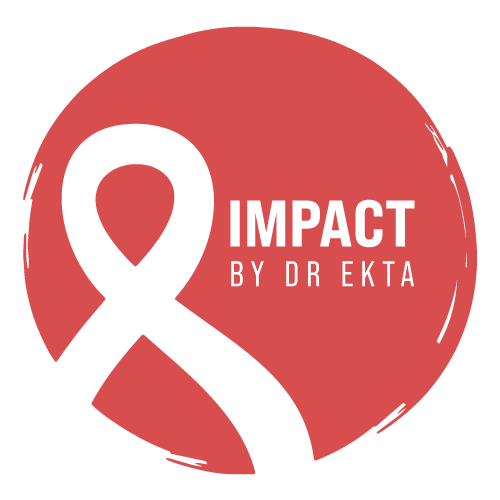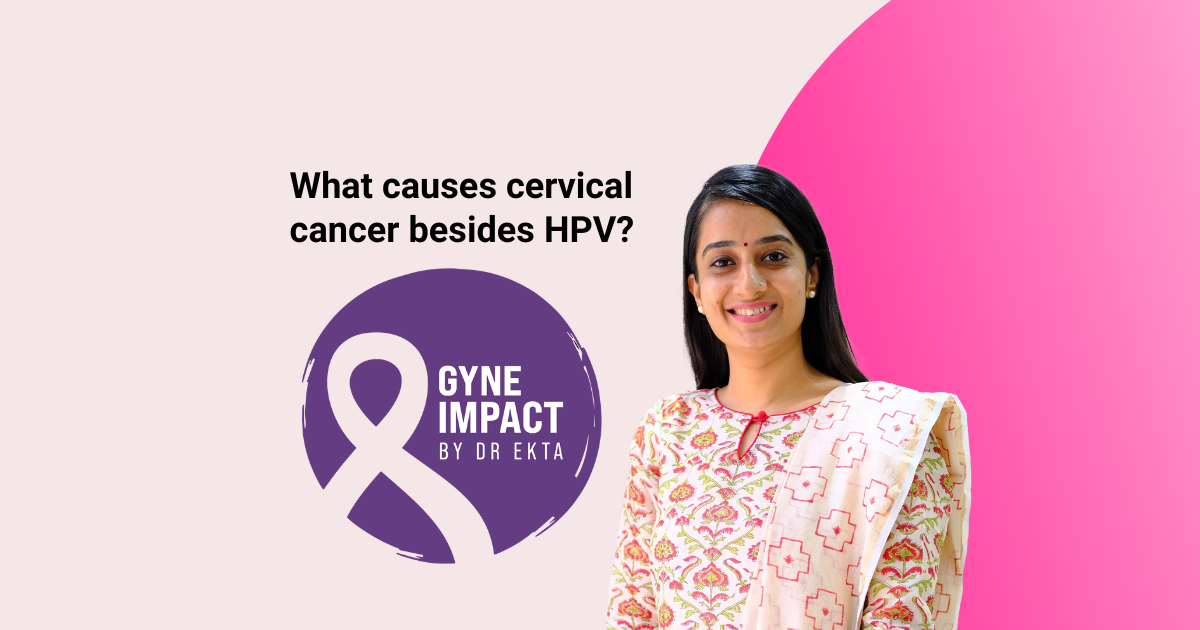One of the most common questions I receive is: “What causes cervical cancer besides HPV?” While the human papillomavirus (HPV) is undeniably a major factor in the development of cervical cancer, it’s important to note that it’s not the only risk factor. Cervical cancer, like many other cancers, is influenced by a combination of genetic, lifestyle, and environmental factors. Let me walk you through the lesser-known contributors to this disease, beyond HPV.
Understanding Cervical Cancer
Cervical cancer originates in the cells of the cervix, the lower part of the uterus that connects to the vagina. The disease is typically categorized into two types: squamous cell carcinoma and adenocarcinoma. While HPV is a leading cause, it’s crucial to examine other influences that may increase your risk of developing this cancer.
So, What Causes Cervical Cancer Besides HPV?
- Weakened Immune System A strong immune system is your body’s natural defense against infections, including those caused by HPV. However, if your immune system is compromised—whether due to conditions like HIV, certain medications, or chronic illnesses—it becomes harder for your body to fight off precancerous changes in cervical cells.For example, I have seen patients with long-term immunosuppression who developed cervical cancer despite never having a high-risk HPV infection. This highlights how vital immune health is in preventing cervical cancer.
- Smoking Smoking is another factor that significantly increases the risk of cervical cancer. The harmful chemicals in tobacco not only damage the lungs but also affect the cervix. Smoking can weaken the immune response in cervical tissue, making it easier for abnormal cells to develop.Studies have shown that women who smoke are about twice as likely to develop cervical cancer as non-smokers. If you’re a smoker, this is one of the most important lifestyle changes you can make to lower your risk.
- Long-Term Use of Oral Contraceptives While birth control pills are highly effective for family planning, using them for an extended period—typically more than five years—has been linked to an increased risk of cervical cancer. This doesn’t mean you should stop using oral contraceptives altogether, but it’s something to discuss with your healthcare provider, especially if you have other risk factors.
- Multiple Pregnancies Women who have had three or more full-term pregnancies may be at a slightly higher risk of developing cervical cancer. The exact reason for this connection isn’t fully understood, but some researchers believe that hormonal changes during pregnancy might make cervical cells more susceptible to becoming cancerous.Additionally, the act of giving birth multiple times can cause minor injuries to the cervix, which, over time, could contribute to cancer development in some cases.
- Early Sexual Activity and Multiple Partners Engaging in sexual activity at a younger age or having multiple sexual partners increases your overall risk of cervical cancer. While this is partly because these factors increase the likelihood of HPV exposure, other infections or physical changes in the cervix during adolescence may also play a role.
- Genetics Family history is another aspect to consider. If a close relative—such as your mother or sister—has had cervical cancer, your risk may be higher. This could be due to shared genetic traits that make cervical cells more vulnerable to cancer-causing changes.
- Exposure to Diethylstilbestrol (DES) DES is a synthetic estrogen that was used between the 1940s and 1970s to prevent miscarriages. Women whose mothers took DES during pregnancy have an increased risk of developing a rare form of cervical or vaginal cancer known as clear cell adenocarcinoma.
- Poor Nutrition A diet low in fruits, vegetables, and essential nutrients can weaken the body’s natural defense mechanisms. Antioxidants, vitamins A, C, and E, and folate are crucial for maintaining healthy cell function. Without these, your cervical cells may be more prone to damage and abnormal growth.As an oncologist, I always emphasize the importance of balanced nutrition as part of a comprehensive cancer prevention strategy.
Reducing Your Risk of Cervical Cancer
Understanding what causes cervical cancer besides HPV can empower you to take proactive steps. Here are a few recommendations:
- Get Regular Screenings: Pap tests and HPV tests are essential for early detection. Even if you don’t have HPV, these tests can identify other abnormalities in cervical cells.
- Quit Smoking: This single change can significantly lower your risk of cervical and other cancers.
- Maintain a Healthy Diet: Focus on foods rich in antioxidants, vitamins, and minerals to strengthen your immune system.
- Practice Safe Sex: Using condoms and limiting the number of sexual partners can reduce your exposure to infections.
- Consider Vaccination: Although HPV vaccination is most effective before exposure to the virus, it’s worth discussing with your healthcare provider regardless of age.
The Role of Awareness and Early Action
Cervical cancer is one of the most preventable and treatable types of cancer when detected early. Yet, many women are unaware of the various risk factors beyond HPV. This lack of awareness often delays diagnosis and treatment.
Every year, I meet patients who could have avoided advanced cervical cancer with earlier intervention. That’s why I’m passionate about spreading awareness and encouraging regular screenings.
Final Thoughts
While HPV is a significant cause of cervical cancer, it’s not the only factor. Understanding what causes cervical cancer besides HPV, such as a weakened immune system, smoking, and genetics—can help you take a more holistic approach to prevention.
As an oncologist, my mission is to guide you through these complexities and ensure that you have the knowledge to protect yourself. Whether it’s scheduling your next Pap test or making small lifestyle changes, remember that prevention is always better than cure.
If you have any questions or concerns about your risk factors, please don’t hesitate to consult your healthcare provider. Together, we can create a plan to prioritize your health and well-being.
By focusing on comprehensive awareness, we can work toward reducing the burden of cervical cancer and empowering women to take control of their health.

